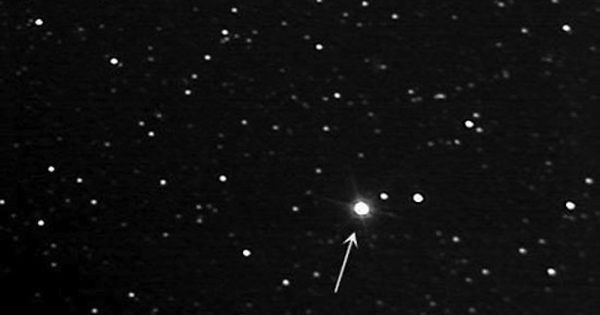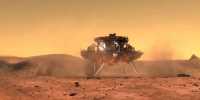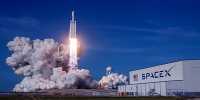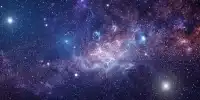Scientists will learn whether Earth-sized planets in our “solar neighborhood” have a vital requirement for life when the world’s most powerful telescope flies into space this year. These planets revolve around an M-dwarf star, which is the smallest and most frequent form of star in the galaxy. Scientists do not know how frequent it is for Earth-like planets orbiting this sort of star to have livable qualities.
The Goldilocks zone is a term used by astronomers to define a star’s habitable zone, which is the temperature range at which liquid water can exist on a rocky planet. This region of space surrounding a star is often regarded as the greatest area to look for life outside our solar system. Now, scientists are also speaking of Goldilocks stars that are not too hot, too cool, or too violent for life to evolve on any suitable planets. This emerging scenario is based on three decades of observations of exoplanets and their stars.
“As a starting point, we need to know whether small, rocky planets orbiting M-dwarfs have atmospheres,” said Daria Pidhorodetska, a Ph.D. student in the Department of Earth and Planetary Sciences at UC Riverside. “If that’s the case, it broadens our hunt for life outside our solar system.”
It would only take a few Hubble transits to identify or rule out a hydrogen- or steam-dominated atmosphere devoid of clouds. Webb would allow us to classify gases in heavy carbon dioxide or oxygen-dominated atmospheres with as few as 20 transits.
Daria Pidhorodetska
Pidhorodetska and her colleagues investigated whether the soon-to-be-launched James Webb Space Telescope or the currently-in-orbit Hubble Space Telescope are capable of identifying atmospheres on these planets. They also modeled the several types of atmospheres that might be found, if they exist, and how they might be recognized from one another. The results of the investigation have now been published in the Astronomical Journal.
UCR astrobiologists Edward Schwieterman and Stephen Kane, as well as scientists from Johns Hopkins University, NASA’s Goddard Space Flight Center, Cornell University, and the University of Chicago, are among the study’s co-authors.
The central star in the study is an M-dwarf dubbed L 98-59, which has a mass of only 8% that of our sun. It is only 35 light-years away from Earth, despite its modest size. Its brightness and proximity make it an attractive object for observation.
Shortly after they form, M-dwarfs go through a phase in which they can shine two orders of magnitude brighter than normal. Strong ultraviolet radiation during this phase has the potential to dry out their orbiting planets, evaporating any water from the surface and destroying many gases in the atmosphere.
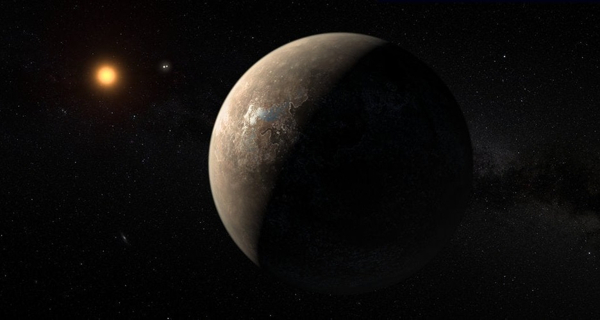
“We wanted to know if the ablation was complete in the case of the two rocky planets, or if those terrestrial worlds were able to replenish their atmospheres,” Pidhorodetska said.
The researchers simulated four different atmospheric scenarios: one in which the L 98-59 worlds’ atmospheres are dominated by water, one in which the atmosphere is dominated by hydrogen, a Venus-like carbon dioxide atmosphere, and one in which the hydrogen in the atmosphere escapes into space, leaving only oxygen and ozone behind.
They discovered that using transit measurements, which measure the dip in light that occurs when a planet passes in front of its star, the two telescopes might provide complimentary information. The planets L 98-59 are significantly closer to their star than the Earth is to the sun. They complete their orbits in less than a week, making transit studies by telescope faster and less expensive than in other systems where the planets are further away from their stars.
“It would only take a few Hubble transits to identify or rule out a hydrogen- or steam-dominated atmosphere devoid of clouds,” Schwieterman added. “Webb would allow us to classify gases in heavy carbon dioxide or oxygen-dominated atmospheres with as few as 20 transits.”
Pidhorodetska believes the dried-out oxygen-dominated atmosphere is the most plausible of the four atmospheric scenarios evaluated by the researchers. “At that distance from the star, the amount of radiation these planets receive is severe,” she said.
Though they may not have atmospheres that support life today, these planets can provide a valuable peek into what might happen to Earth under various conditions, as well as what might be feasible on Earth-like worlds elsewhere in the galaxy.
The L 98-59 system was discovered in 2019, and Pidhorodetska is eager to learn more about it when Webb is released later this year. “We’re on the verge of disclosing the secrets of a star system that was previously unknown,” Pidhorodetska added.
Guinan and Engle, along with their pupils, have noticed a wide range of stellar kinds over the last 30 years. The researchers discovered correlations between star age, rotation rate, X-ray-UV emissions, and flare activity based on their research. These data have been used to study the impact of high-energy radiation on planet atmospheres and potential life.
